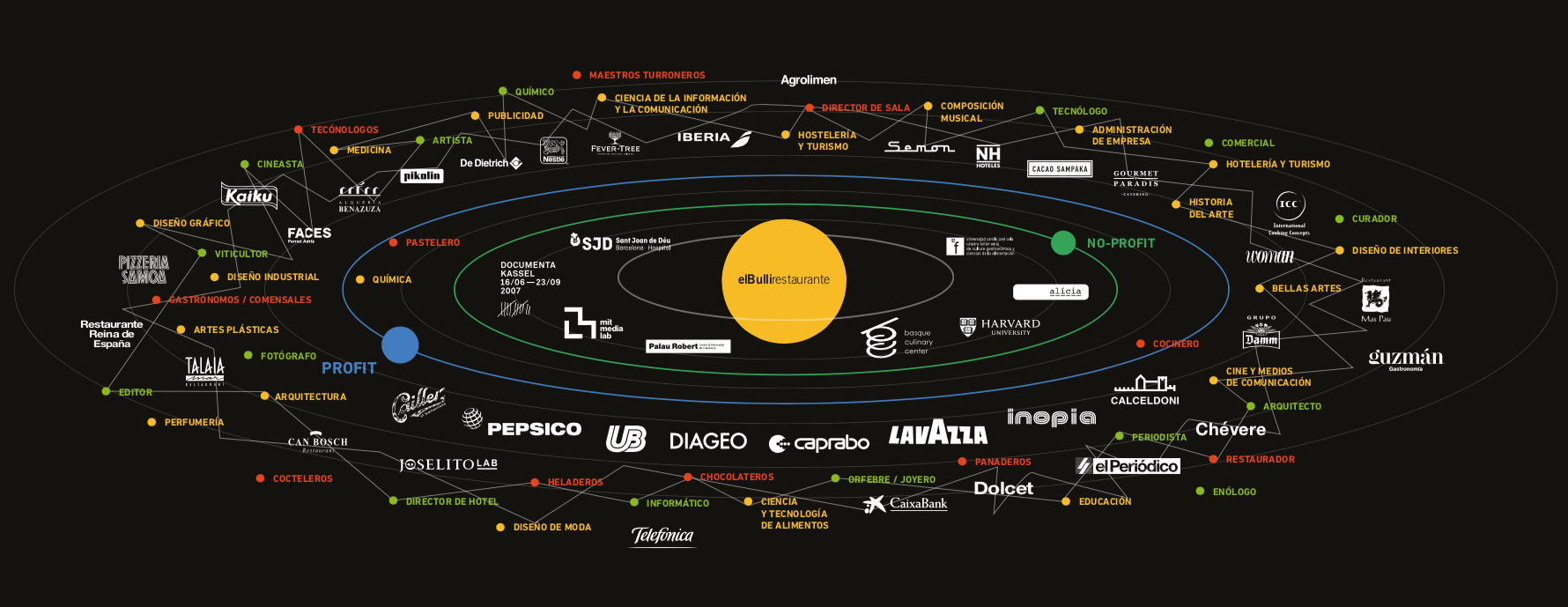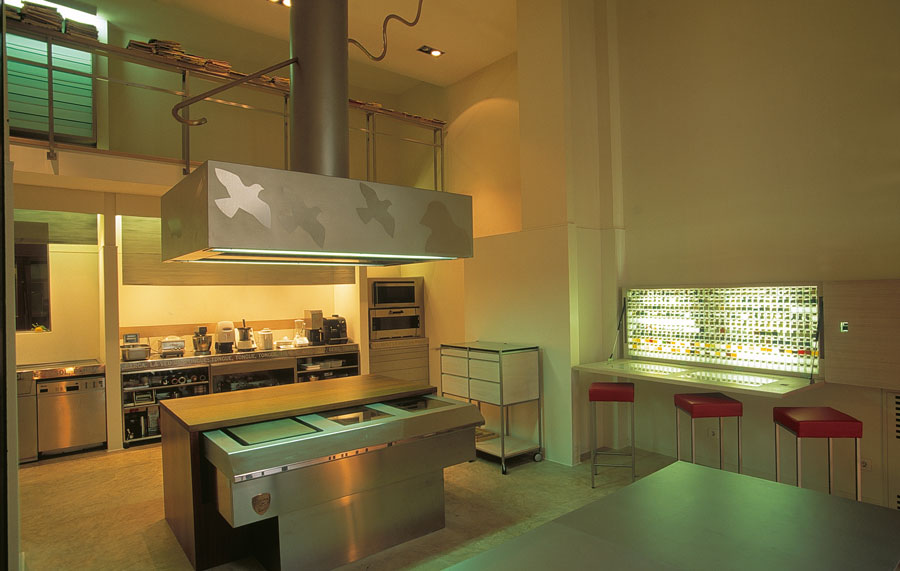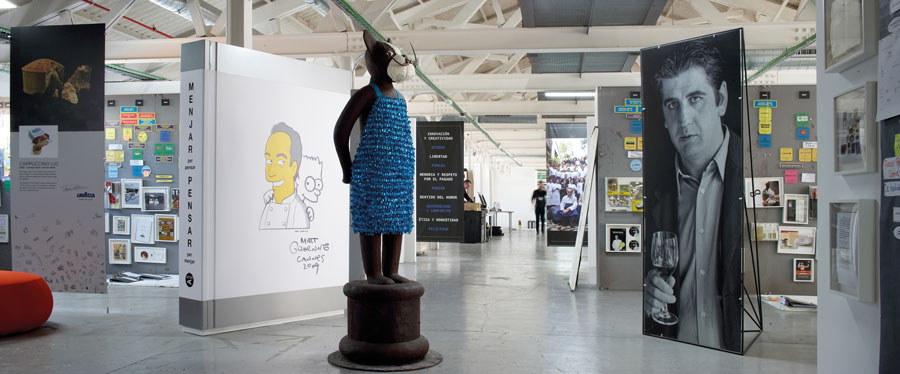The origin of elBullifoundation's research work, which includes the development of the Sapiens methodology, goes back to elBullirestaurante and to the long and valuable experience in innovation and management acquired.
The beginnings were hard, with economic difficulties, but they gave freedom for creation and management. elBullirestaurante won it all in the catering sector, was named five years (four of them consecutively) as best restaurant in the world in the prestigious list The World's 50 Best Restaurants, promoted by Restaurant Magazine and received awards and recognitions also outside its sector, such as the Lucky Strike Award design award from the Raymond Loewy Foundation.


This culture of innovation is characterized by the following elements, which together with creative talent are indispensable:
Another fundamental resource were interdisciplinary relationships: relationships with professionals from other disciplines, not gastronomic, to cooperate and generate synergies. Dialogue and work with creatives and experts from other fields provided a global and holistic vision that enriched the innovation system, since it facilitated exchange, the generation of new knowledge and learning.

At the origin of interdisciplinary relationships is the stay of Ferran Adrià in the sculptor's workshop Xavier Medina Campeny in 1991, which allowed him to know the way of working of an artist. For the first time he was in a kitchen creating without the need to satisfy a restaurant service simultaneously. This was the seed of the elBulli workshop, a new concept for the profession at that time.
The need to get the financial sustainability of the restaurant and the workshop led to the formulation of a new unique business model, based on business projects beyond the restaurant. These business projects were always a means to an end. First it was a search for survival. Later, of creative freedom.
This business structure was baptized as Adrià-Soler galaxy. The main project, the restaurant, was not the business, but its satellites. This business model was already an innovation in itself, since at that time there was nothing similar in the sector.
Business projects can be divided into three large blocks: own business (from the first courses and books to elBullicatering, elBullibooks and elBullimedia), the business in collaboration with third parties (in catering, hotels and tool and household design) and the consulting projects (an external R + D + i department). The field of business was another source of interdisciplinary relationships and learning.


En elBullitaller We applied a germ of what later became the Sapiens methodology. First we sought understanding, and then came creation. In addition, as we experimented, we maintained the obsession with ordering knowledge, in this case the new knowledge that we generated, and therefore we documented everything we did.

At that stage we defined a first scheme for ordering knowledge about cooking, which we call the evolutionary map. First we cataloged all our creations, we applied this scheme as an analysis tool to make a raisonné catalog, and the result was several books that added more than 6.000 pages, and that we called General Catalog.
In 2009 we decided to change to reflect, and in 2010 the news was released that elBulli would be closed in 2012 and 2013 and would return in 2014 but not as a restaurant. The reaction was unexpected, and we decided to advance an idea that we already had in mind: to create a foundation. This foundation was born with three main objectives: to preserve the legacy of elBulli, create quality content for the gastronomic restoration sector and share our experience in innovation.

From the foundation of the foundation there was the idea of making an encyclopedia, which was taking shape in a project of encyclopedia of gastronomic restoration, the Bullipedia. We also began to work on research around creativity and innovation, which led us to incorporate new profiles and launch new research projects. At that stage we discovered general systems theory, and we saw that it was the missing piece.
As we worked on the bullipaedia we realized that the methodology we used could be extrapolated. The creation of the Sapiens methodology was an unexpected result of the project on gastronomic restoration. And at the same time, the project on gastronomic restoration became a test for the Sapiens methodology.
We turn it into a generic methodology, valid for any field, because we begin to analyze other fields and have relationships with other organizations in other fields, with whom we develop joint projects applying the same methodology.
As of 2020, in elBulli1846, the creative laboratory project that occupies the space where the restaurant used to be in Cala Montjoi, this methodology is also being used, but in this case not only to do research and content, but also to experiment and to create.